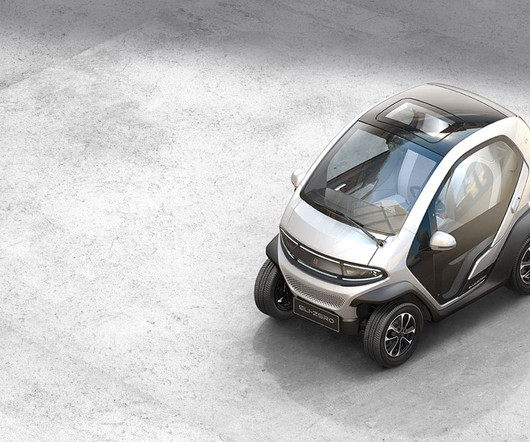EV-maker Eli launches its $11,900 electric micro ‘car’ in the US
Baua Electric
MAY 7, 2024
Microcars, often referred to as quadricycles in Europe and Low-Speed Vehicles (LSVs) or Neighborhood Electric Vehicles (NEVs) in the US, are a niche category designed largely for urban travel. That permits owners to operate it like a traditional vehicle, but only on roads posted up to 35 mph (56 km/h).












Let's personalize your content